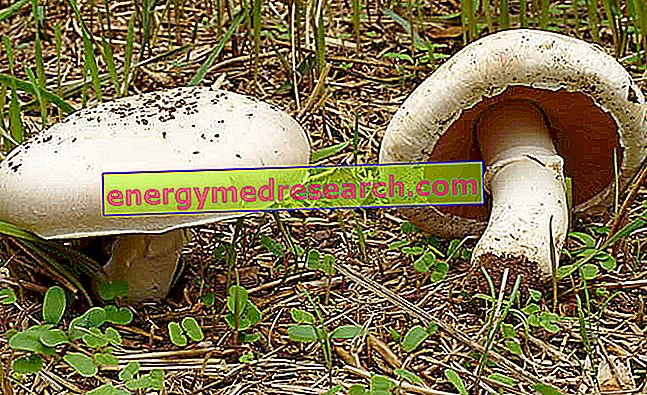
Scientific name
Myroxylon balsamum L. var. pereirae, sin. Pereira HarmsFamily
Fabaceae (Leguminosae)Origin
Central and South America.
Widespread especially along the coasts of El Salvador, it is also present in Sri Lanka and Jamaica.
Synonyms
Balm of Peru
Used Parts
The drug is given by the resinous exudate obtained by incision, beating and burning of the bark.
The tree reacts to the trauma by producing a resinous liquid that oozes from the wound and is collected by the operators.
Chemical constituents
- Essential oil: mixture of esters of the cinnemic acid, once called " cinnameina " (the major constituents are cinnamate of benzyl and benzyl benzoate); it represents the most important fraction for the therapeutic effects of the balsam of Peru;
- Resins;
- Triterpenes.
Property
The main properties of the balsam of Peru relate to its balsamic, antiseptic, antiparasitic and healing properties.
These properties are due to a mixture of esters composed mainly of benzyl benzoate; thanks to the anti-parasitic activity, this substance is used in an isolated form in gels and emulsions for the treatment of scabies.
The balsam of Peru is mainly used externally for healing purposes, but is also present in medicinal specialties that can be used for inhalation.
Against cough and bronchitis
The use of the balsam of Peru is approved by the German Commission for the treatment of inflammation of the respiratory tract.
For this application it is used, always for external use, by inhalation (suffumigi): according to the instructions, dilute a dose (drops or soluble tablets) in half a liter of boiling water and breathe in the vapors, conveying them to the nose with hands or covering the head with a towel.
At one time, the balsam of Peru was also used for internal use as an anti-catarrhal, but this use was abandoned due to poor tolerance.
Against sunburn, wounds and hemorrhoids
The use of the balsam of Peru is approved by the German Commission in the case of slow-healing infected wounds, bedsores, leg ulcers and chilblains.
For these applications it is used in the form of ointments, while for the haemorrhoid disease there are specific products in suppositories that exploit the astringent action.
Contraindications
Attention to hypersensitivity to one or more components, but also to subjects allergic to cinnamon (cross-reactivity).
Skin application should be avoided in people with an atopic tendency (predisposition to develop allergic phenomena).
Pharmacological Interactions
- no important drug interactions are known.



